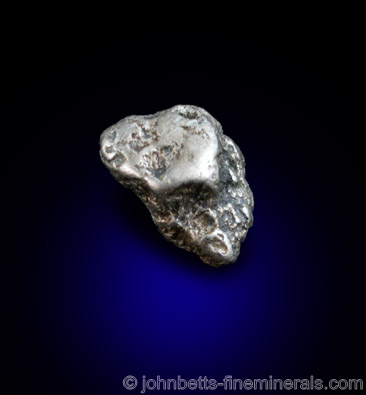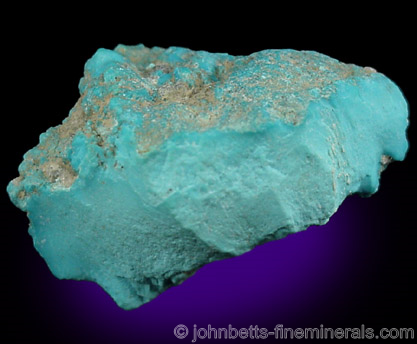#1 - Platinum
 Platinum is one of the rarest minerals and metals. It has gained popularity in the use of jewelry making and is more expensive than comparable gold jewelry items.
Platinum is one of the rarest minerals and metals. It has gained popularity in the use of jewelry making and is more expensive than comparable gold jewelry items.
According to Minerals.net "Platinum is rare, with few noteworthy occurrences. Russia is the most important producer of Platinum specimens, producing fine nuggets along a north-south belt along the spine of the Ural Mountains. The districts producing the largest specimens are Nizhniy-Tagil in Sverdlovsk Oblast; and the Is River in Perm Kraj. In far-east Russia, the Konder Massif near Nekl'kan, in Khabarovskiy Kraj is especially known for its exceptional cubic and twinned crystals. Two other Russian Platinum localities are the Talnakh District, in the Norilisk District in Siberia; and Ledayanoy Ruchey, Koriak, in the Kamchatka Peninsula.The world's largest deposit of Platinum is in the Merensky Reef in the Bushveld Complex, South Africa, though few specimens from South Africa ever make it to the mineral market. Colombia has produced fine placer nuggets in Choco Department, in the San Juan and Atrato Rivers near Papayan. In Australia, Platinum nuggets have been found in the Fifield District of Cunningham and Kennedy Counties, New South Wales.In the U.S., the only commercially producing Platinum mines are in the Stillwater Complex in Stillwater, Sweetwater, and Park Counties, Montana (specifically at the Stillwater Mine near Nye, and the East Boulder Mine, south of McLeod). Alaska has produced Platinum nuggets in a few placer deposits, and those from the Salmon River in Goodnews Bay (especially at Fox Gulch) have made their way to collections. Platinum also is found in the placer deposits of Trinity Co., California. Another U.S. locality is Cape Blanco, Curry Co., Oregon.The only active Platinum mine in Canada is the Lac des Iles Mine, near Thunder Bay, Ontario, which is mined primarily for palladium. In British Columbia, small nuggets come from the Tulameen and Similkameen Rivers and their tributaries near Princeton. - See more at: http://www.minerals.net/mineral/platinum.aspx#sthash.c82VgNzQ.dpuf"
#1 - Platinum

#2 - Turquoise

Turquoise is the birthstone for December which is not only the beginning of winter but also my wife's birthday. It is also a mineral commonly used in "Native American" jewelry.
According to Minerals.net...
The Mineral turquoise |
Turquoise is an antique ornamental stone, highly regarded for its unique and striking namesake color. Valued in both the ancient Persian and Native American civilizations, it still retains its popularity today. Turquoise specimens are often polished or sliced for collectors, and may even be dyed. Turquoise is porous and has a naturally waxy luster; it is sometimes impregnated with a plastic lubricant for to enhance its luster and increase its stability. Many Turquoise fakes exist. The most prevalent is white Howlite dyed blue to resemble Turquoise.
Turquoise often contains embedded shiny Pyrite flakes, or may contain black oxide veins running through it. It is sometimes intergrown together with other secondary copper materials, especially Chrysocolla. Turquoise may also form as a pseudomorph of other minerals such as Apatite, Beryl, and feldspars.
- See more at: http://www.minerals.net/mineral/turquoise.aspx#sthash.HIqzJH2V.dpuf
Turquoise often contains embedded shiny Pyrite flakes, or may contain black oxide veins running through it. It is sometimes intergrown together with other secondary copper materials, especially Chrysocolla. Turquoise may also form as a pseudomorph of other minerals such as Apatite, Beryl, and feldspars.
No comments:
Post a Comment